Sequel, 65oo sq. ft living sculpture, Summer Solstice 2024, Image by Jake Eshelman
image by Wolf Mac Lean
image by Jake Eshelman
Your Custom Text Here
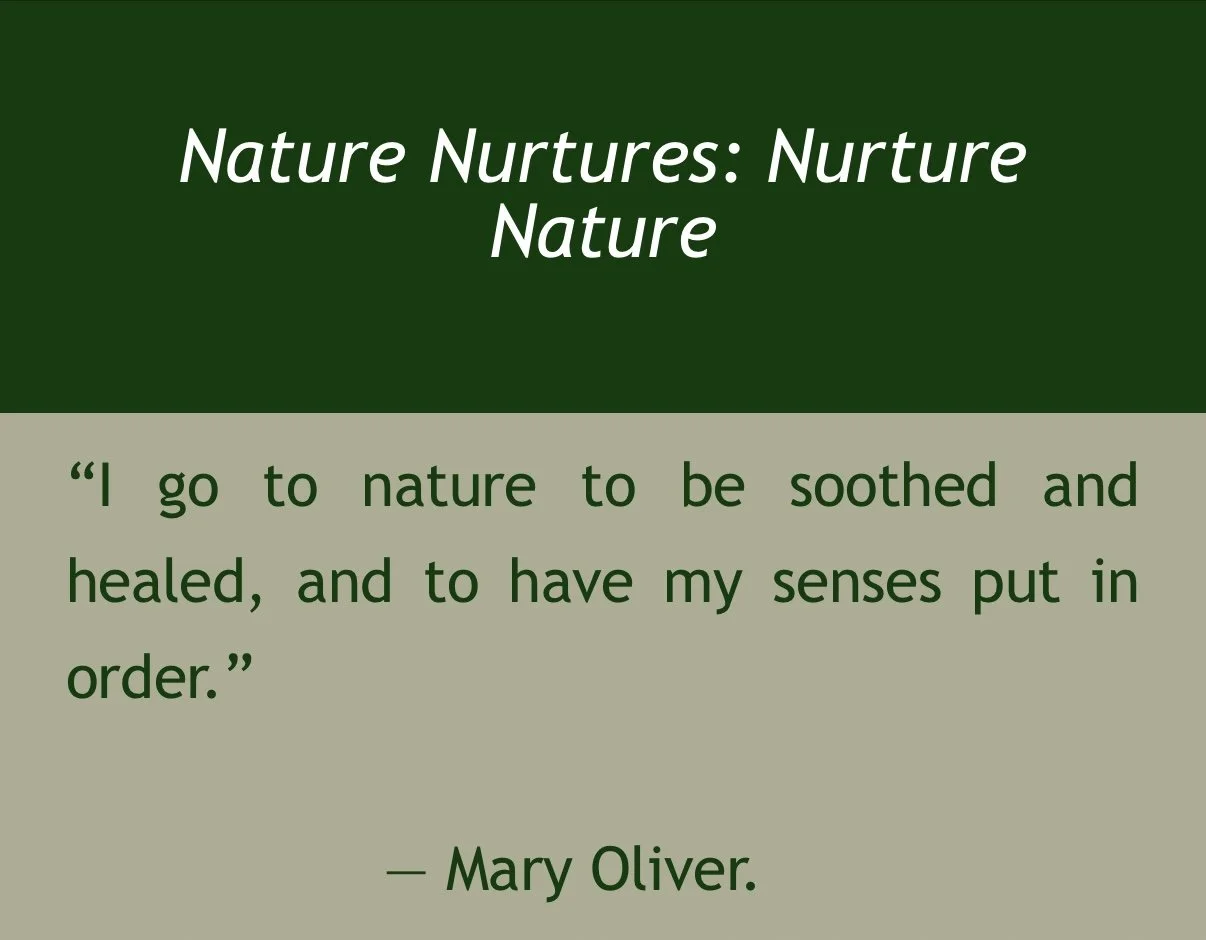
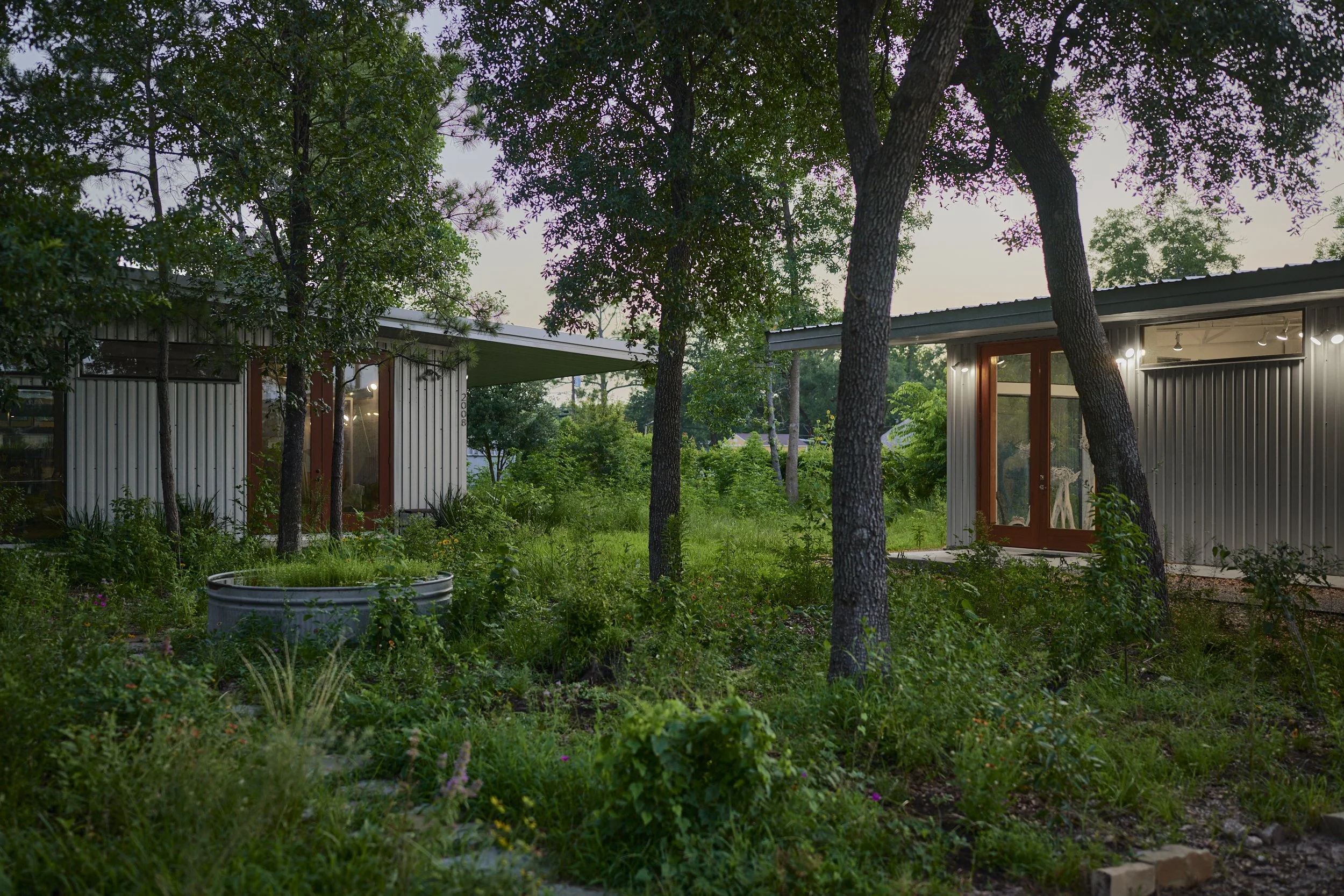
Sequel, 65oo sq. ft living sculpture, Summer Solstice 2024, Image by Jake Eshelman
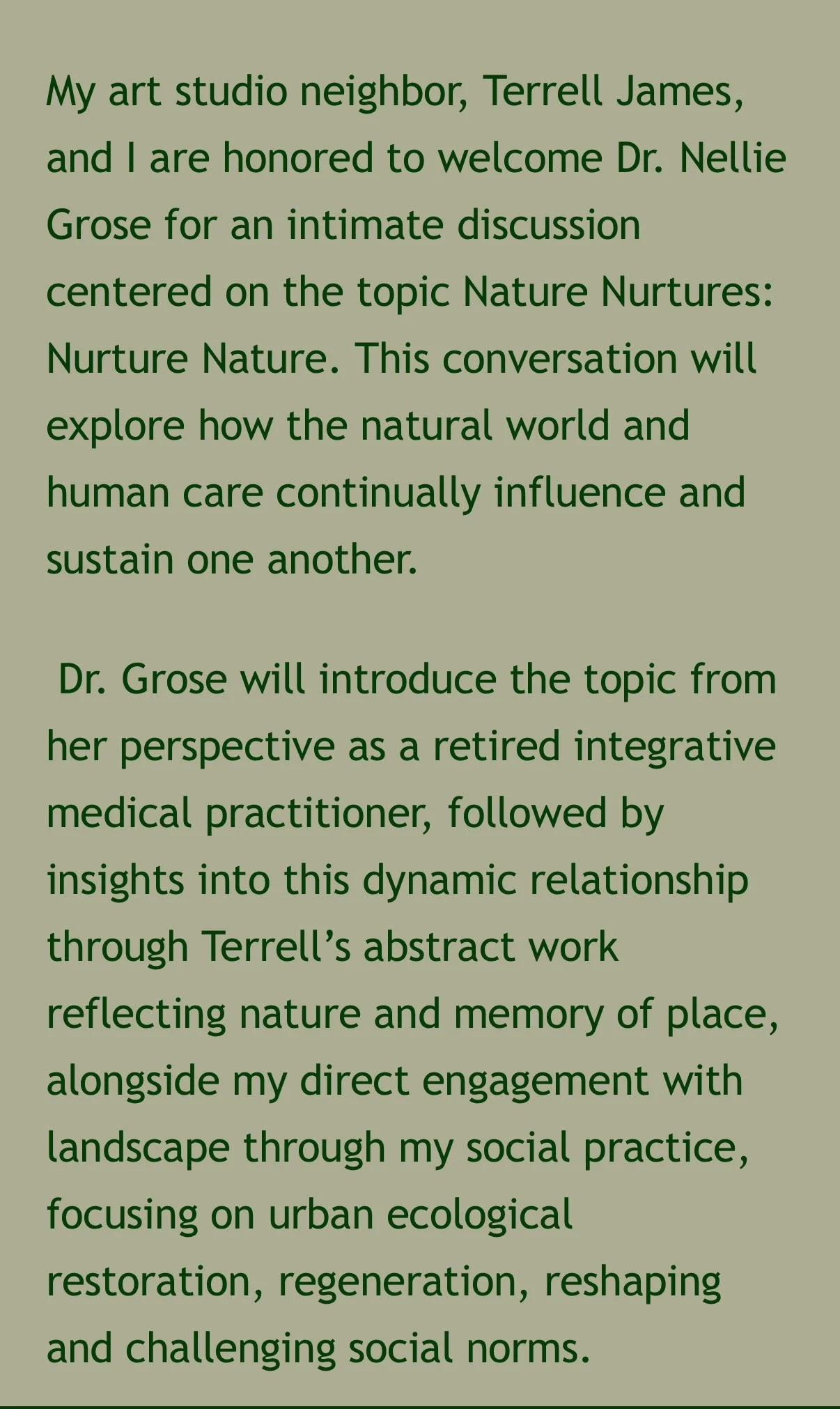

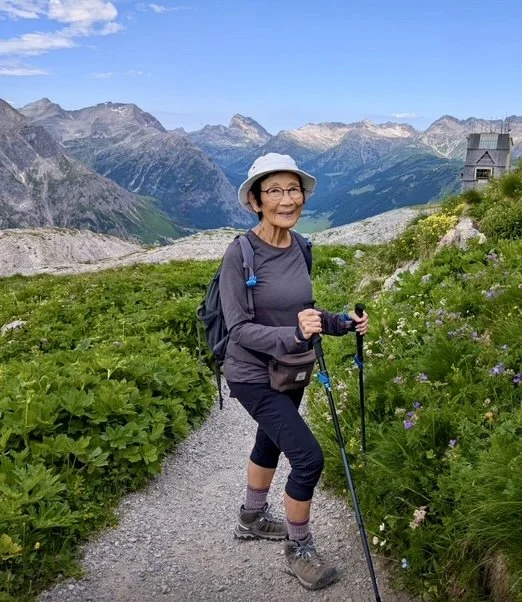

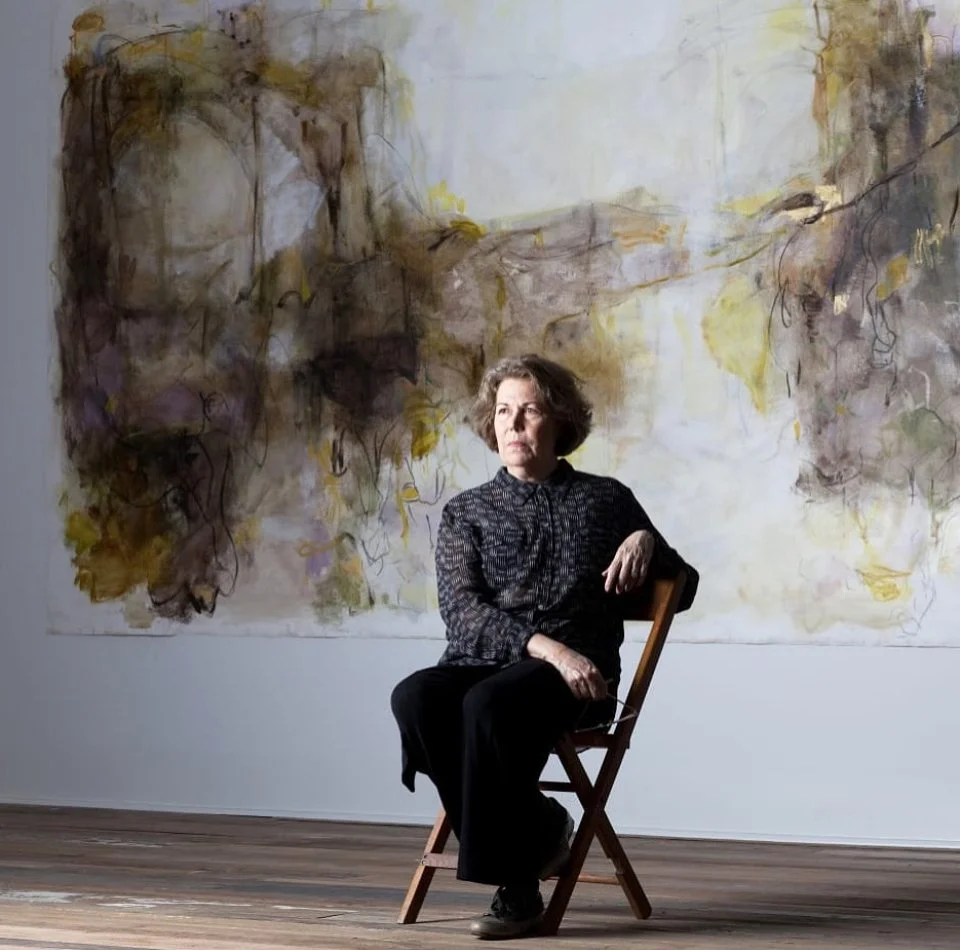
image by Wolf Mac Lean
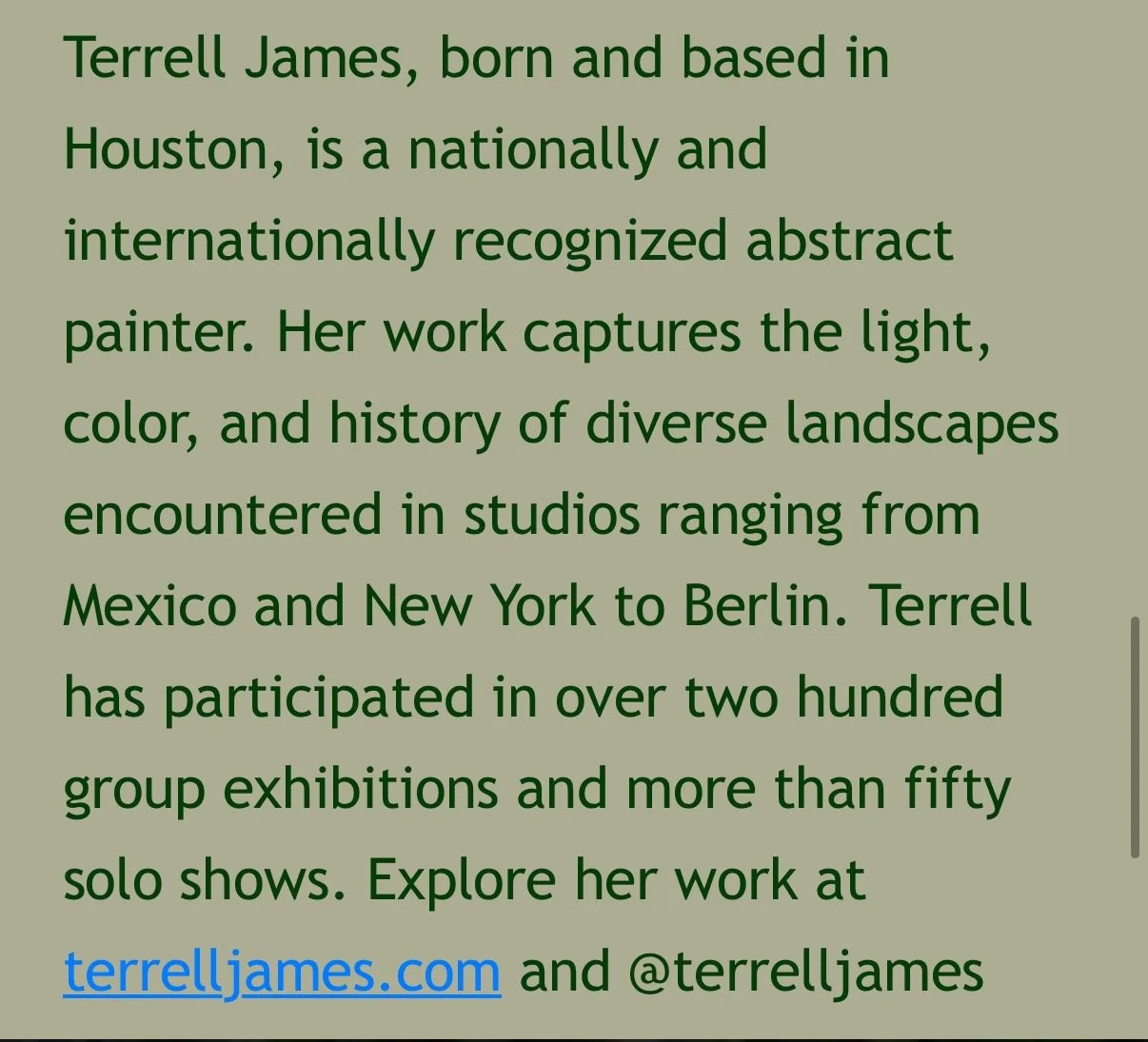
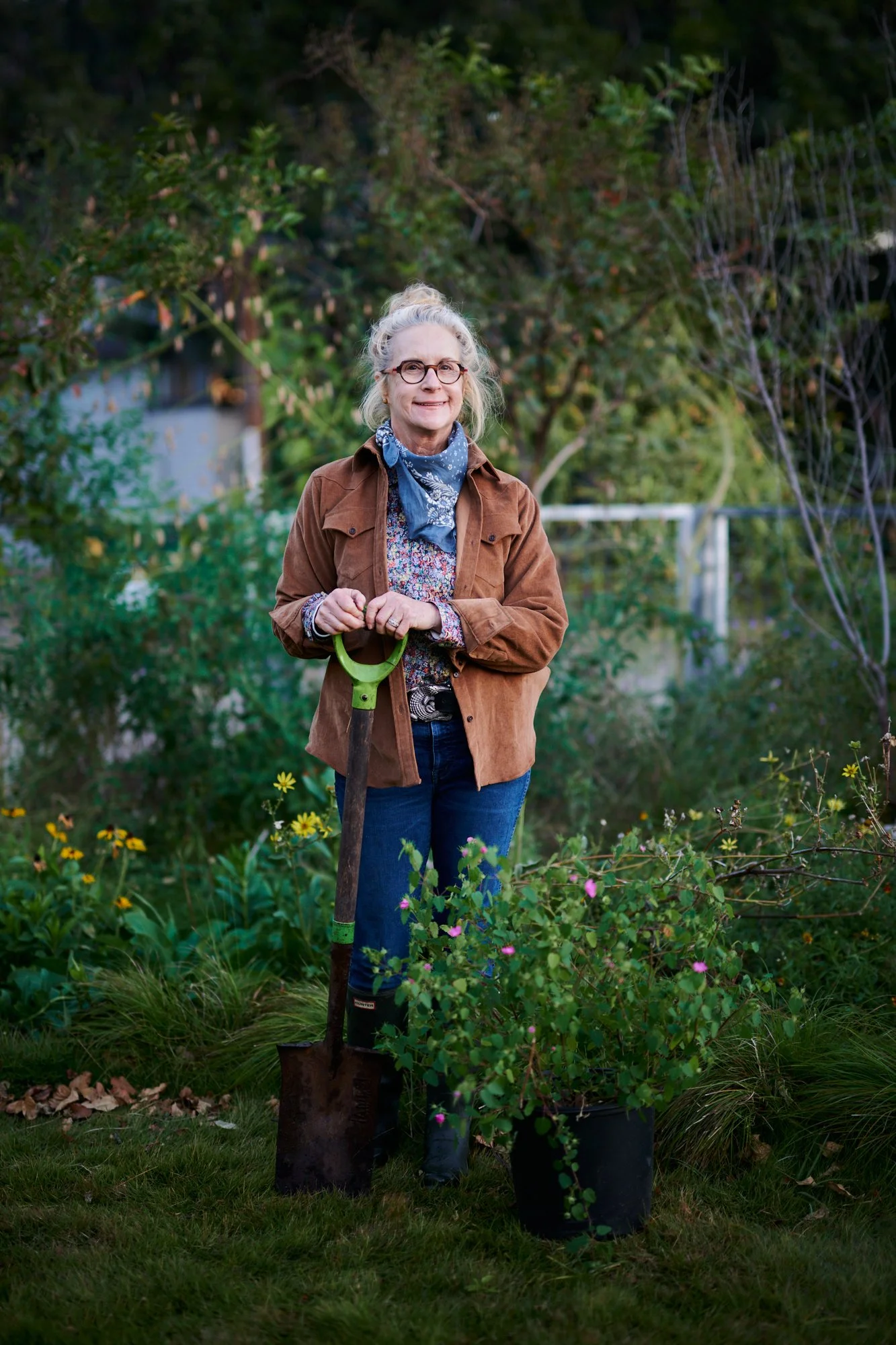
image by Jake Eshelman
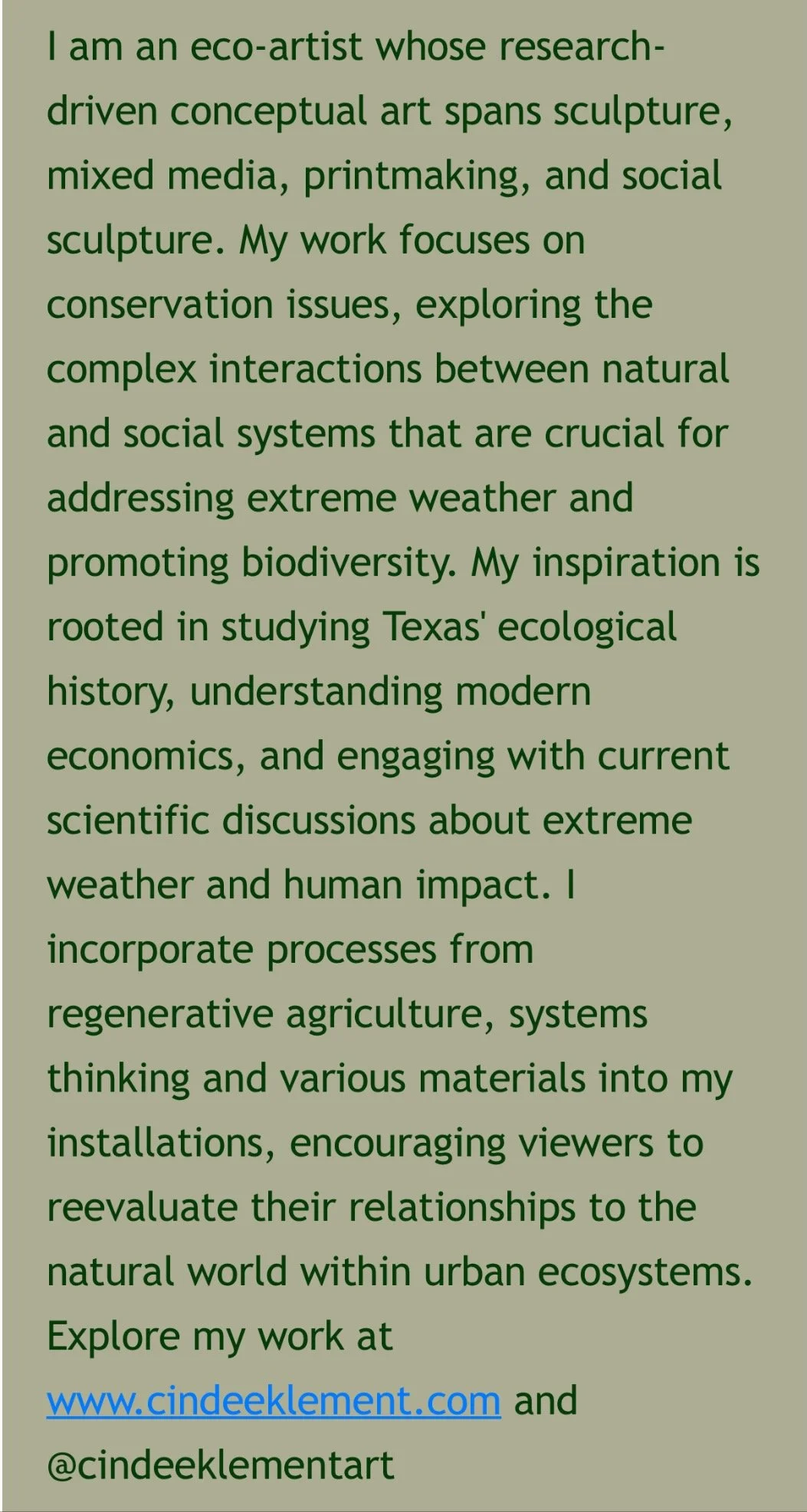
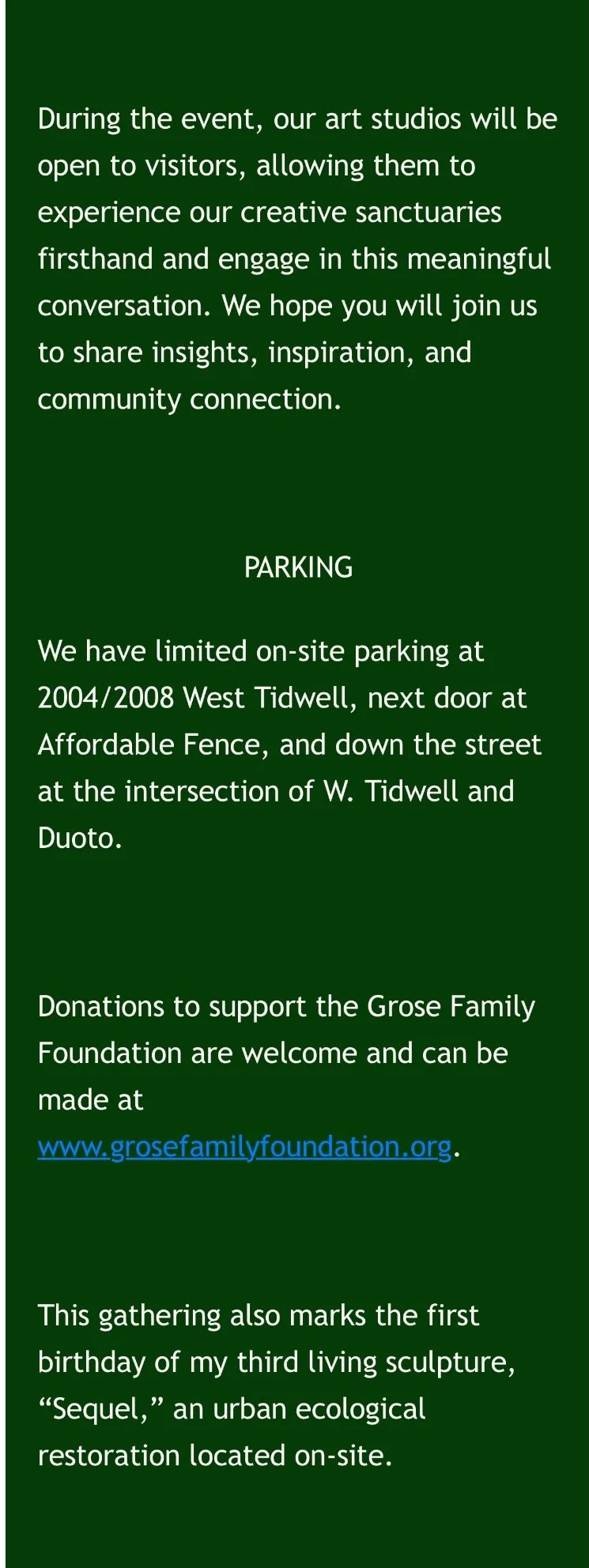
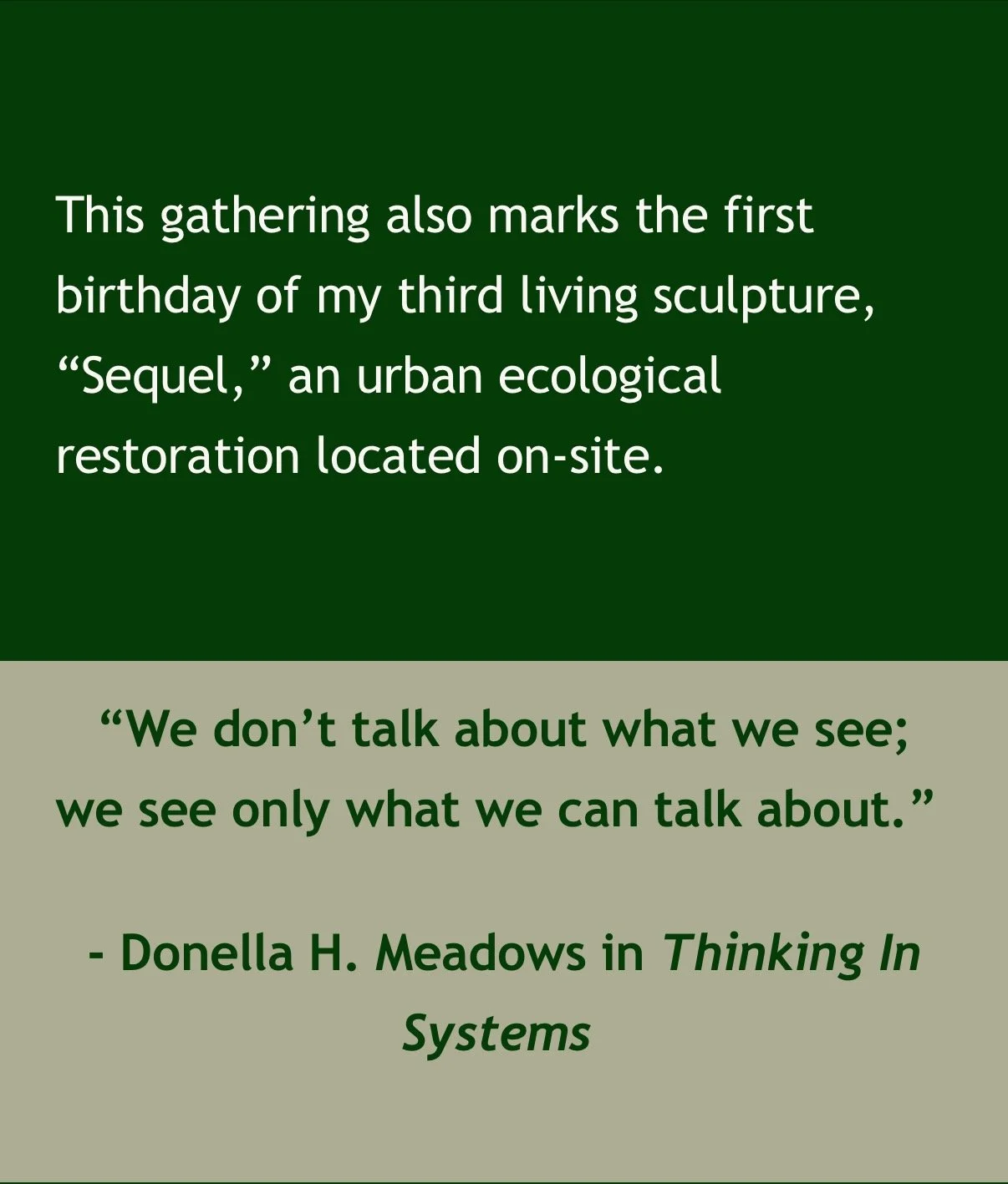
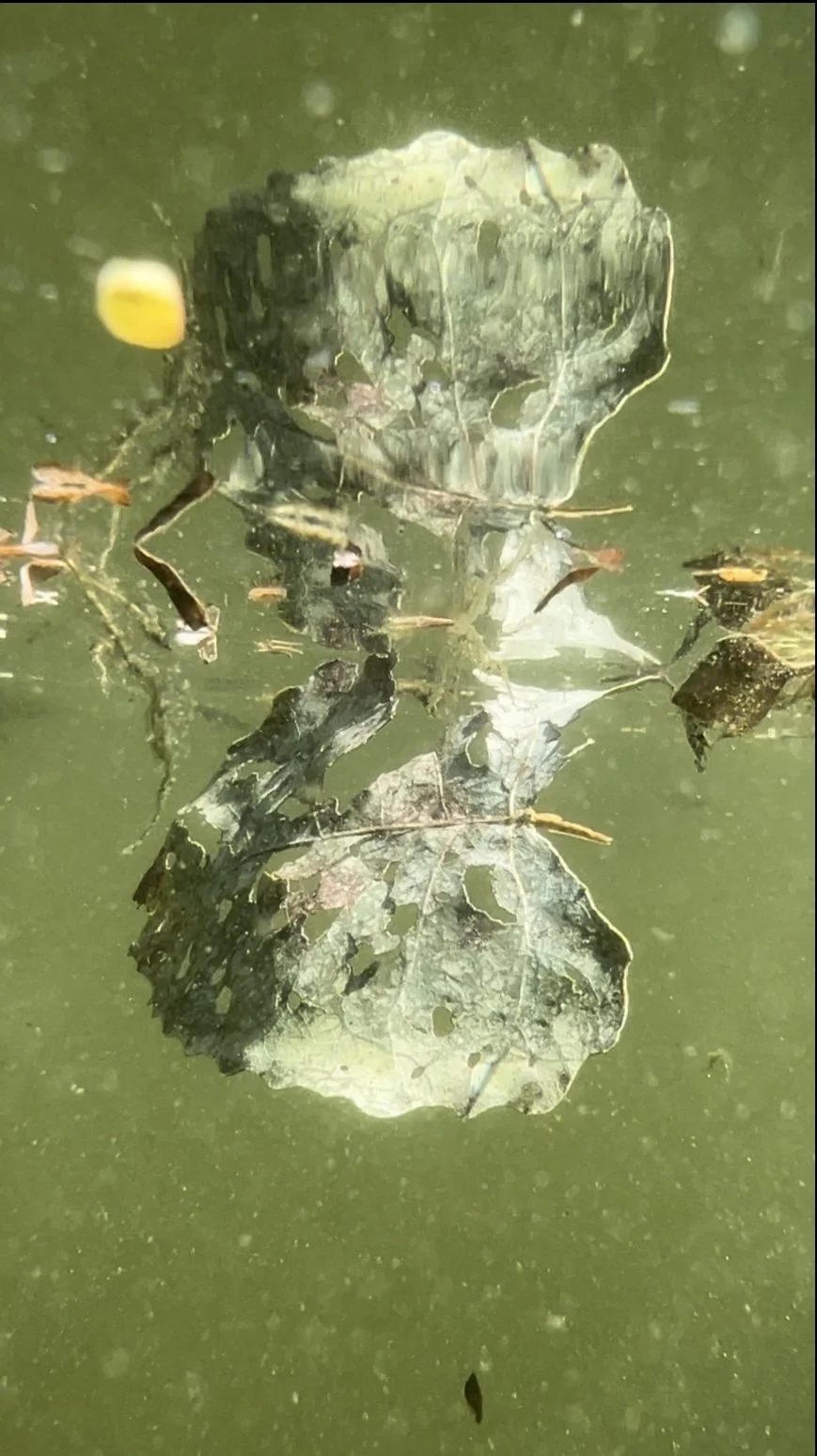
Water is composed of a multitude of living organisms, each a microscopic being. Having spent most of my life in the vast desert of West Texas, I've always yearned for a connection with water and the beauty of plant life. Water gardening and underwater videoing have become my pastimes, offering pleasure, creativity, peace, and calm. I spent hours in our pond during covid.

However, I am concerned for our young humans as they navigate an environment increasingly marked by extreme weather patterns. I worry that they will grow to fear water, especially in the wake of violent floods that seem to be happening more frequently.
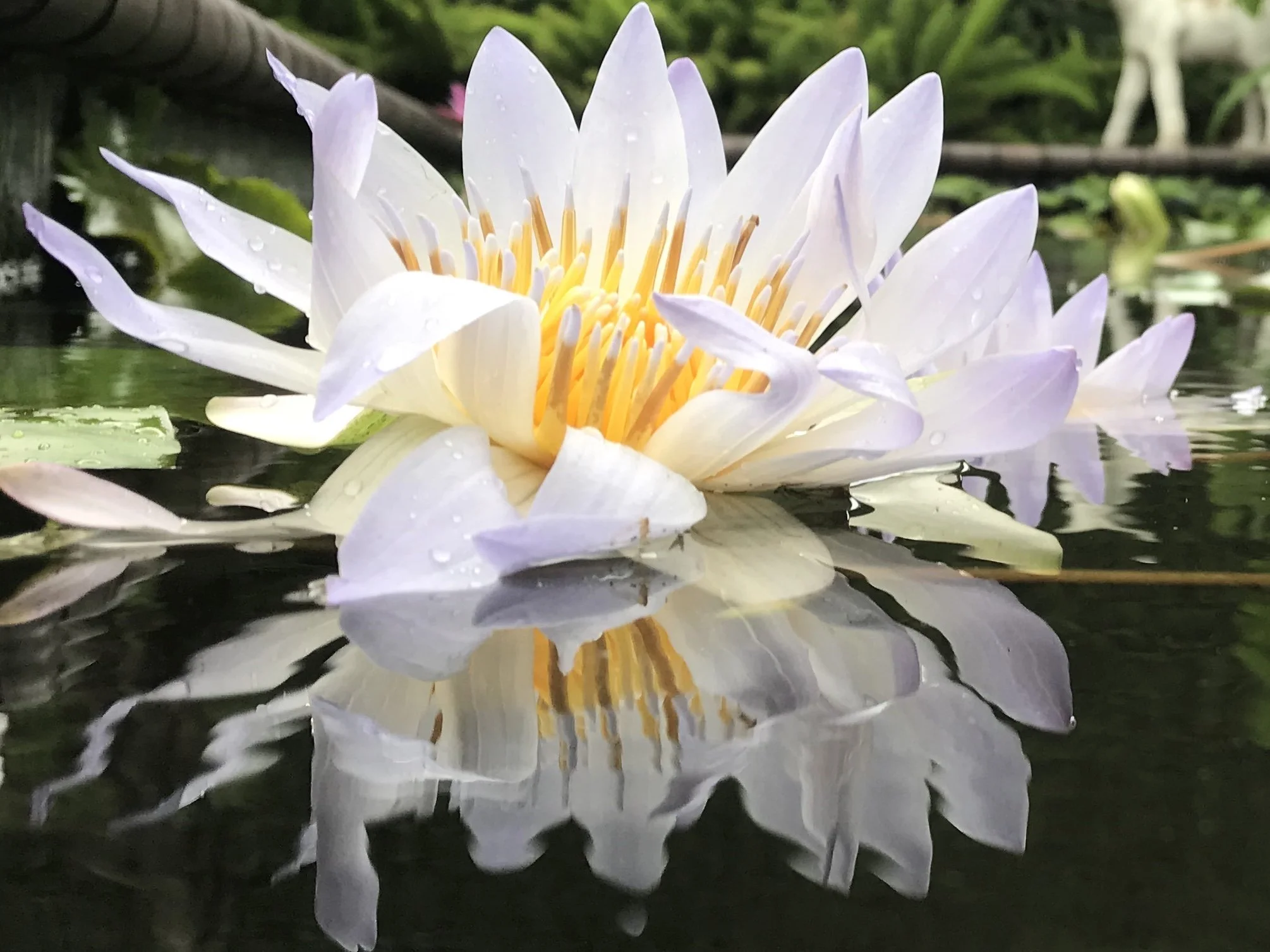
When reflecting on our relationship with water, it's hard not to see how humanity's approach has been somewhat harsh. I initially wrote violent, but AI suggested I use the word harsh, so I toned it down.
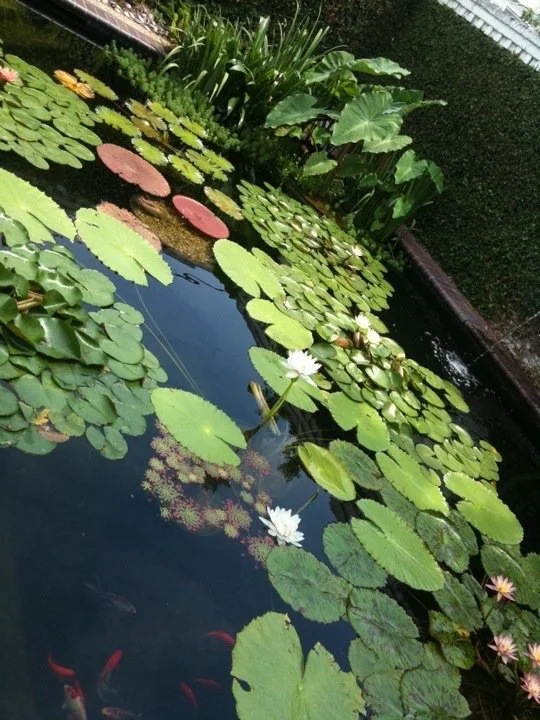
We often treat this vital resource as something to be controlled, redirecting it into linear channels and concrete ditches or trapping it in reservoirs and basins filled with chemical inputs. With hindsight how will future generations describe our treatment of water, our relationship with water? Thinking about it tears me up.
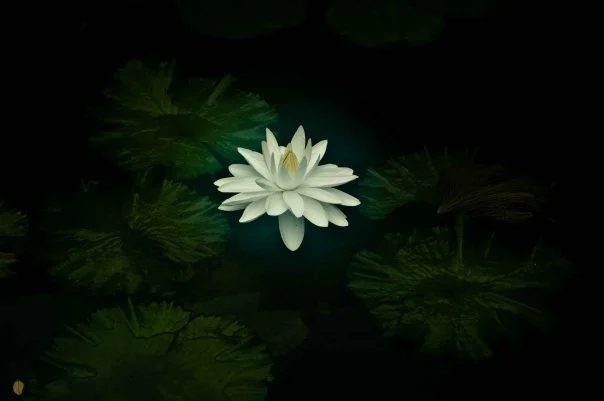
This treatment raises questions for me:
Are these extreme weather events, these overwhelming floods, a response to our attempts to dominate and contain water rather than nurture a natural flow? I believe it is.

Perhaps if we can rebuild our connection with water and all the microorganisms that make it up—by rebuilding landscapes that promote it to move slowly and freely, spread out, and soak into the earth-we might mitigate these violent, I mean, harsh events. Would fostering this gentler relationship with water lead to a more harmonious existence for us and water's living beings?
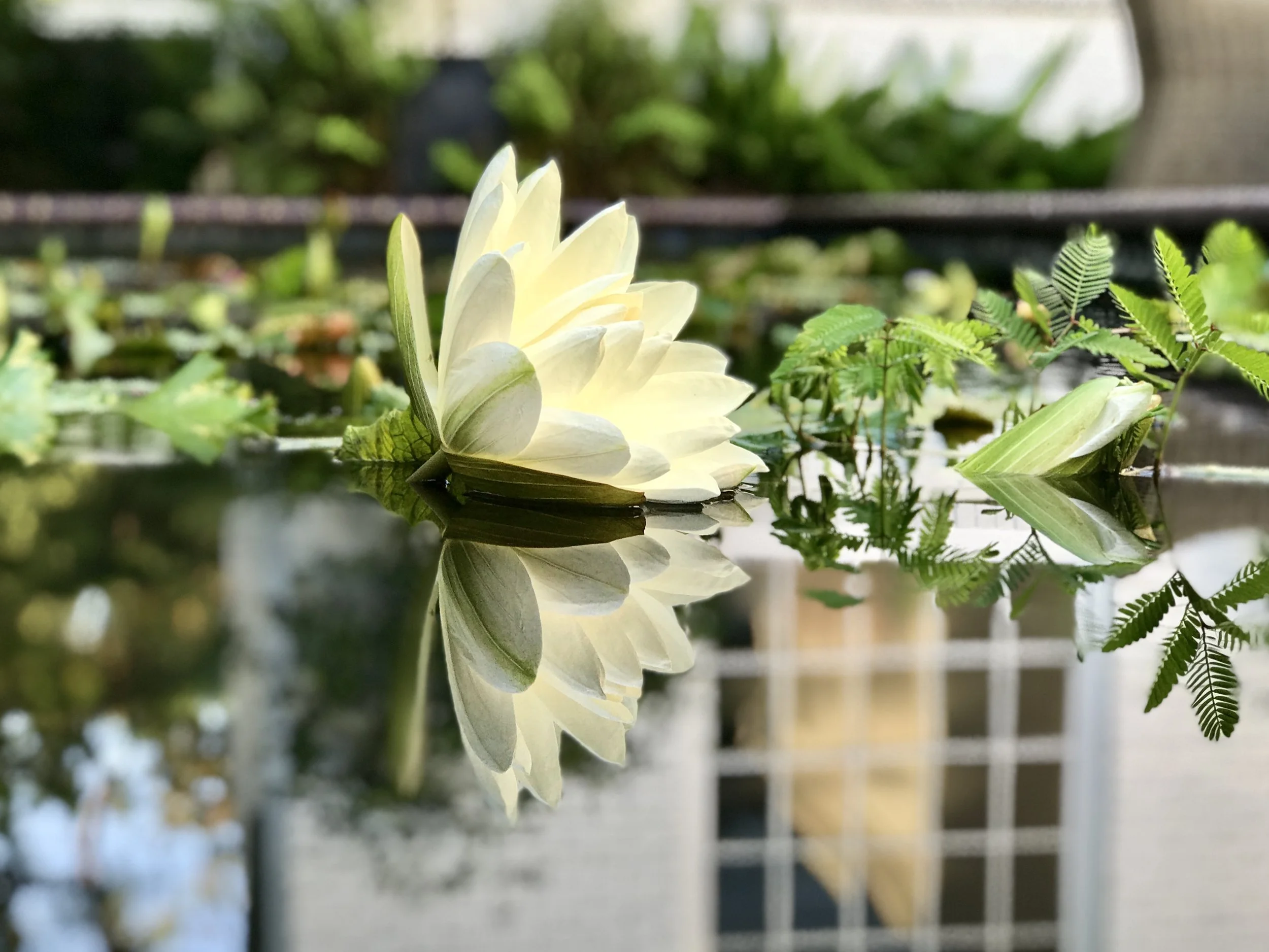
Lastly, I believe it’s important to recognize the value of our relationship with water, as it plays a crucial role in cooling the planet. In fact, about 90% of the planet's cooling comes from water. By fostering a deeper connection to this essential resource, we can better appreciate its impact and work towards preserving it for future generations and our own.

https://www.usgs.gov/media/videos/re-greening-dryland-watershed
The phrase “generational amnesia” has lingered restlessly in my mind for months, recently taking flight from unexpected hands.
This phenomenon, also known as shifting baseline syndrome, describes how each generation views the environment they inherit as the normal standard, even if it is significantly more degraded than that of previous generations.

The natural history stories of our times are primarily those reported on news shows. These programs often focus on crises and dramatic events, daily fire reports, flooding, and other extreme weather events, leading to a prevailing sense that our environmental challenges are insurmountable. Although these weather disasters were extremely rare during my youth, for today's children, they are the norm.
As an eco-artist, I focus on how knowledge, traditions, and values are transmitted from one generation to the next. In historical cultures, this was often done in beautiful and poetic ways. However, I believe contemporary culture has experienced a significant disconnect—a kind of amnesia regarding the workings of the natural world.
Art is the poetry that links the rhythm of the human heart to that of the hummingbirds.
Understanding natural history and effective social change is crucial for caring for the natural world and motivating others to participate in the movement.

Our storytelling is evolving compared to past civilizations. My husband, Curtis, and I took part in a hummingbird tagging event in Christoval, Texas, where we witnessed a compelling example of modern knowledge sharing. During these tagging events, biologists carefully capture tiny hummingbirds to collect vital information, including their sex, age, length, and weight.

After gathering this crucial data, a skilled volunteer carefully cradles each delicate bird in the palm of an observer's hand. The tiny creature briefly pauses, and you hold your breath, feeling an almost mechanical vibration, like a toy stuck in the "on" position — the rhythm of its heartbeat. Then, in an instant, it is back into the wild.


This moment—the exchange of a tiny life from seasoned hands to smooth palms—struck me as a living metaphor for what it means to nurture the passing of knowledge and care across generations. It is the story of regeneration.



The hummingbird’s pause is fleeting yet profound. It is a gesture of trust, vulnerability, and hope. It is a whisper from one generation to another, reminding us that our stewardship of the planet depends on this transfer: of respect, wisdom, and wonder.

In the 1980s in Houston, our garden was filled with hummingbirds, and their vibrant presence greatly influenced our outlook on life and our conversations often landed on their sightings. They were a part of our everyday life. I remember them when Curtis proposed, they were part of our love story. We miss them.

Our understanding of nature, our sense of responsibility, and the stories we inherit fade like a photograph left too long in the sun. This collective forgetting—the amnesia—puts not only cultural memory but also the very health of our environment at risk.

The hummingbird photos reminded me that breaking this cycle requires hands willing to reach out and moments prepared to receive. It demands nurturing curiosity, empathy, and attention in children and adults alike. It calls for the deliberate passing on of more than just facts, but also the emotions and experiences that bind us to the world beyond ourselves — beyond the 24-hour weather report.

Let us listen closely to that soft flutter of wings and rewild the wisdom of regeneration.
The concept of the “weight of truth” emphasizes the essential role honesty plays in our society and the significant pressures that accompany it. This raises an important question: when does the acknowledgment of new scientific discoveries and truths, particularly those overlooked by community leaders, become an ethical or even a justice issue?
In the fields of soil science and environmental studies, we are witnessing the alarming effects of extreme weather patterns, land subsidence, and the loss of biodiversity. Urban policies shaped by city councils, homeowners associations, and societal norms often worsen these challenges. The focus has shifted from environmentally harmful practices, such as maintaining monocultures of non-native grasses using gas-powered tools—which contribute to air and water pollution and the use of toxic chemicals—to a more regenerative approach.
These decisions not only have profound implications for our health, particularly for children who are at an increased risk for cancer, but they also endanger the fragile wildlife biodiversity that is crucial for the planet’s well-being.
Once again, I ask: when does the recognition of new ecological truths begin to outweigh the legacy of colonial landscapes? It is time that our leaders and institutions bear the weight of truth. Let’s encourage and support them. I'm thinking about the situation in Houston, where our waters drain into the Gulf of Mexico. Homeowners are required to OBTAIN A PERMIT to AVOID using cancer-causing chemicals, and reducing lawn mowing which significantly decrease emissions—up to eleven times more than those produced by a new car. This approach supports biodiversity, helps maintain the water table, and prevents land subsidence. Shouldn’t homeowners who want to use chemicals to maintain their perfect lawns and gas-emitting machinery be required to have a permit?



Transforming a turf grass landscape into a thriving ecosystem is a rewarding journey that requires time and patience. I'm using a gradual approach with limited resources and have made progress by installing various plants, adding fallen leaves, and incorporating leaf mold compost. However, many areas remain bare, and the compacted clay soil presents challenges.
I discovered a non-native nut grass while planting White-veined Dutchman’s pipevine. Initially dismissed as a weed, I chose to explore the potential benefits of this volunteer plant. Nut grass has an extensive root network that enhances soil quality and prevents erosion. Its antioxidative properties protect surrounding plants and soils, and its salinity tolerance helps maintain ecological balance.
I will embrace nut grass for its role in protecting the soil, retaining water, and supporting the Dutchman’s pipevine, the host plant for the blue swallowtail.

Today I find myself deeply reflecting on the intricate relationship between humans and the natural world, especially as it unfolds in the small but vibrant patches of my living Sculpture Sequel. The idea of "listening to the land" resonates strongly with me, even if it initially sounds a bit abstract or sentimental. Spending time observing and contemplating how civilization can live in harmony with nature has taught me that the Earth, whether you call it landscape, Mother nature, or something else, is constantly communicating in subtle, layered ways. One form of communication it uses is relayed through plants.
A perfect example of this dialogue is the Partridge pea, a slinder but sturdy, unassuming plant that has volunteered in masses in the dappled shade of my living sculpture Sequel. This plant doesn’t just survive; it volunteers enthusiastically in disturbed spaces—roadsides, open fields, and now Sequel—acting as a pioneer species that signifies restoration and new beginnings. As a legume, the Partridge pea is remarkable in its ability to fix atmospheric nitrogen, quietly enriching the soil and supporting the growth of other plants nearby. Its roots hold the earth together, reducing erosion, while its bright yellow flowers serve as a beacon to pollinators like bees and butterflies, helping sustain the biodiversity that I strive to nurture here.
What I find most fascinating is the plant’s extrafloral nectaries, tiny glands on its leaf petioles that secrete nectar, attracting ants and predatory insects. These guardians of the partridge pea defend it from herbivores in a mutualistic dance, illustrating nature’s complex survival strategies. This sophisticated defense mechanism speaks volumes about the interconnectedness of life and reminds me why my living sculpture work goes beyond simple aesthetics or landscape design.
While I haven’t fully articulated all the regenerative and eco-friendly practices I employ yet, this relationship with pioneer species like Partridge pea is part of a larger ethos. It’s about allowing nature to guide, to heal, and to thrive alongside human creativity. My ecological recovery work in urban landscapes is a living experiment in regeneration and respect. Each plant selected or welcomed seeks to contribute to soil health, habitat stabilization, and supporting local wildlife, integrating seamlessly into the ecosystem rather than imposing upon it.
The inspiration to create living sculptures sprung from a desire to find a balance where humanity and the natural world can coexist, where art and ecology meet—where creative expression becomes a form of environmental stewardship.
Watching the Sequel evolve over time has been enlightening. I have witnessed how initially sparse or disturbed areas are beginning spring forth life—the soil stabilizes, pollinators return, and some day small mammals and amphibians will find shelter. It is a quiet transformation that feels both hopeful, necessary and a little desperate.
Integrating art into ecological restoration has not been without its challenges. Balancing the needs of living, growing plants with the permanence and intent of conceptual art and art objects forces me to think fluidly and adaptively. I overcome these difficulties by embracing impermanence and change as part of the creative process, letting the natural systems shape the art as much as the art shapes the garden.
My living sculpture/ecological restoration art is a reflection of my deep connection to environmental themes, symbolizing regeneration, mutual aid, and the cycles of decay and renewal. When visitors or readers experience this space, I hope they feel a sense of curiosity, respect, and maybe even a call to pay closer attention to the land around them. There have been moments when watching a group of ants patrol the partridge pea leaves or a flutter of butterflies on bright yellow flowers filled me with quiet awe and reaffirmed the importance of this work.
Maintaining the garden requires ongoing observation, gentle intervention, and a commitment to letting nature lead whenever possible. It is a practice of patience and listening, blending artistic intention with ecological reality to ensure the space remains vibrant and meaningful.
There is so much more to explore and discover in this continually evolving relationship between art, nature, and human care. For now, I am grateful for the lessons the land and plants like the Partridge pea offer—for their stories, resilience, and the quiet conversations they open up if only we listen.


30” X 44” watercolor monotype.
Exploring the beauty and artistry of urban rewilding is a central theme in my current living sculpture installation, Sequel. A key design element of Sequel is the mutual respect and reciprocity that value nature and all its inhabitants.
True beauty is derived from a respect for the environment and an understanding that humans are part of a larger, interconnected web of life which is not determined by the manicured and organized plantings on the site.
Part of my daily art practices is noticing the small changes as the seasons unfold. As volunteer plants rise above the ground I don’t reach for a herbicide I research the plant through multiple sources. Then I search for how the plant supports the Gulf Coast Ecosystem and the needs of permanent and migrating wildlife.
With longer days we humans are starting to clean up our outdoor spaces. By traditional values an unsightly spider web on the wall would be swept away. Dandelions and other tall skinny volunteer plants would be poisoned providing neatly groomed manicured lawns.
In Sequel I consider the longer days of spring summon the migrating humming birds and they too have needs that might surprise you. Over the years through research I've discovered that these tiny avian wonders greatly benefit from less manicured environments within our cities. Unfortunately, hummingbirds, which typically grace our urban areas from mid-March to mid-May, are on the decline. However, by allowing our urban landscapes to remain a bit "messy" and imperfect, we can support their numbers.
The benefits hummingbirds gain from such environments are substantial. As they prepare for nesting, they require unique materials for constructing their nests—materials often found only in less controlled, more natural settings. I find it fascinating how hummingbirds gather spider silk, dandelion puffs, thistle down, lichens, and moss. These elements help them create nests that are functional and aesthetically exemplify nature's perfect balance. These materials provide the necessary strength and structure for nest building, a critical aspect of their survival.
I believe buzzing hummingbirds swooping in and out of Sequel would be an incredibly beautiful addition to the installation. To support hummingbirds I've come to realize there are several practical actions we can all take as urban residents:

1. Allow dandelions and thistles to grow naturally. By avoiding mowing or spraying herbicides on them, we're providing the soft materials hummingbirds need for their nests.

2. Resist the urge to sweep away spider webs. Instead, let's recognize these webs as vital resources for nest building.

3. Appreciate the natural beauty of lichens and mossesand air pkants. Removing them disrupts their essential role in the ecological landscape that hummingbirds depend on.
My journey as an eco-artist has deepened my personal connection to hummingbirds, revealing how these incredible creatures can add magic to our backyards, fostering a sense of wonder and connection to the natural world. By recognizing and valuing seemingly minor aspects of urban nature—like dandelions, spider webs, lichens, and moss—we can significantly contribute to the survival and flourishing of hummingbirds. This approach not only aids these delicate creatures but also highlights the intricate balance and resilience inherent in nature.
In balancing the aesthetics of urban landscapes with the ecological needs of hummingbirds, I envision cities that embrace natural elements rather than suppress them. This perspective encourages a harmonious coexistence between urban development and the ecological needs of wildlife, creating urban environments that are not only visually appealing but also ecologically supportive. The presence of hummingbirds in such settings becomes a testament to nature's resilience and the potential for urban spaces to contribute positively to biodiversity


January 16, 2025
Yesterday, It was raining, and Sequel was quiet and soaking in delightly rainwater. It was a great time to look closely; I was struck by the vibrant community of Redseed plantains flourishing beneath the canopy of trees. Under trees is usually an area where plants struggle to find their footing. However, This Redseed, who I am more familiar with amidst neglected landscapes and cracked sidewalks, bursts with life around these trees. It's as though the earth itself has decided to paint a masterpiece of resilience and beauty with these tiny, tenacious greens. The sight is a comfort, a reminder of nature's ability to reclaim and regenerate.
Here it is in early January. We have had one cold spell and expect another next week. The plantain leaves measure four inches tall; their bright green broad leaves blanket the area like you might expect in the spring. They mimic a verdant duvet that, for now, remains unassuming but undeniably beautiful.
To an unsuspecting eye, these plants may seem inconsequential. Yet, with a bit of research, I've discovered their incredible significance. They are the unsung heroes, supporting a diverse array of wildlife. The Redseed plantain is more than just foliage; it offers sustenance to bobwhite quail, Rio Grande wild turkeys, white-tailed deer, cattle, and the Texas tortoise. The seeds serve as nourishment for game birds like scaled quail, bobwhite quail, and mourning doves. These plants are also invaluable to insects, providing habitat and sustenance to many, including the stunning Buckeye butterflies that graced this space on January 3rd.
This living tapestry serves another crucial purpose in the conservation of our environment. Redseed plantain is a remarkable ally in our efforts to combat erosion. Its fibrous roots delve deep into the earth, breaking through compacted soil, stabilizing it, and helping to restore its vitality. This is nature’s foundation: a grassroots effort exemplified by these short tap roots, acting as first responders in reviving hardened ground.
The site I am cultivating, La Mancha's Sequel: A Mindful, Climate-Smart Urban Landscape, is meant to be a testament to our potential for harmonious coexistence with nature. The project spans 7,500 square feet, a social sculpture intended to demonstrate how thoughtful decisionsn making interwoven with nature can create regenerative environments. As I chronicle the daily developments here, each entry becomes a dialogue between myself and the land, a continuous exchange that shapes both the space and my understanding of it.
Observing the Redseed plantains, thriving against the odds, I am filled with a deep sense of reverence and wonder. They remind me that even the most unassuming forces can make a profound impact. In this interplay of plant and purpose, I find inspiration for what La Mancha's Sequel can become—a living sculpture that speaks to the possibilities of urban landscapes, rich with life, responsive to climate, a mindful corner of the world where nature and humanity flourish side by side.

Pink spotted Hawkmoth cacoon overwintering in the roots.

Redseed roots with a sprig of horseherb and the cacoon.

When you understand the natural systems that regenerate our planet, you understand that snow is both an end and a beginning. Tobi, my Labrador, and I could not wait to check on our plant beings in “Deeper than that” this snow-covered morning. Scanning the installation there are bushy snow puddles of Butter daisies and Bluemist flowers with tiny bursts of color saved only for those who care to listen closely.
Layered in the dust of the morning’s snow the blanket flower draws us closest. The fiery blooms not reaching for the sun but in a motherly huddle. I am grateful that I don’t need to spend money, time, or energy on covering native plants that are genetically designed to thrive in extreme temperatures and weather conditions. The exposed plants create a subtle palette of earth tones rarely seen in urban landscapes, showcasing the various stages of life and regeneration that these resilient species represent. When my eyes focus on the details, hidden colors are revealed, and my brain receives a surge of oxytocin. I understand what hope feels like. As l scan down the street I see homes lined not in winters pallets but boxshrubs wrapped like mummies. For a moment I invision those mummies milting into a street lined with nature’s gentle winter lessons. I image things to inspire children to explore and capture their imagination.
In the quiet of the snow, I reflect on its form—a white-covered blanket—and its relationship with a planet that naturally regenerates for future generations. I consider how the plants that freeze back or remain in place become energy sources and habitats, supporting the foundation of the planet’s food network. It warms my heart to think about how this snow-covered landscape protects the soil life that nourishes roots and promotes spring growth.
There are many lessons that humans can learn from a garden that embraces seasons, regenerates life and provides for a diversity of beings. Imagine how different the world would be if every child’s first classroom was a garden, or if all politicians had to maintain a healthy garden without the use of chemical inputs for four years before they could hold office. They would gain insights into networking and learn about symbiotic relationships in real life.

Lifeblood
5.75 “ X 6” X 7”
bronze
Image by Jake Eshelman
Lifeblood, Explores of the profound connection between humans and nature, conveyed through the visual metaphor of a root naturally occurring in the shape akin to the human heart. This piece is part of a larger body of work titled "Subterranean Secrets," which delves into the theme of roots. My work aims to invoke reflection on the unseen yet vital networks that sustain both plants and humans. By casting roots directly in bronze, I emphasize their resilience and permanence, highlighting the enduring significance of these natural systems.
The inspiration for "Lifeblood" arose from my studies on regenerative agriculture, focusing on the indispensable role roots play in countering extreme weather. My exploration into the fascinating world of roots began in 2017, unveiling striking visual similarities between roots and the human heart. These parallels reveal both biological and conceptual truths, as roots and the heart function as lifelines, circulating essential nutrients that sustain life.
Through "Lifeblood," I invite an examination of the often-overlooked relationships between human existence and the natural world. The act of casting these roots in bronze imparts permanence to these otherwise ephemeral forms, challenging perceptions of how we value the natural systems surrounding us. This sculpture contributes to the ongoing dialogue about our environment by emphasizing our dependence on nature and reinforcing the deep interconnection between humanity and the natural world.
In the end, "Lifeblood" serves as a call to acknowledge and appreciate the hidden yet crucial systems that support life. I believe that by understanding and valuing these networks, we can cultivate a deeper awareness of our roles within the broader ecological system, sparking actions to preserve and nurture the natural environment essential to human existence.

January 14th
Today, as I immerse myself deeper into the world of ecological restoration and sustainability, I find myself fueled by an overwhelming sense of purpose. My Climate-Smart Urban Landscape project has truly become a labor of love, growing more meaningful with every leaf gathered. As I collect bags of native Oak leaves from curbs, I'm not just gathering leaves—I'm cradling potential life, the eggs, pupae, larvae, and chrysalises that might be nestled within. Astonishingly, Oak trees are home to over 900 species of caterpillars. These caterpillars serve as a crucial food source for many songbirds and their young across North America. By saving these leaves, I am inadvertently contributing to the survival of these beautiful creatures.
The interconnected benefits of these efforts are profound. First, by fostering biodiversity, I help ensure diverse species can thrive. Second, as the leaves decompose, they transform into a rich, nourishing substance that revitalizes our depleted soil, forming the very backbone of our food network. Third, these leaves provide essential shelter from harsh weather, acting as a protective barrier against heavy rains and cold temperatures and safeguarding the tiny creatures that rely on them to survive.
My inspiration stems from personal experiences and a deep sense of environmental stewardship. Through "La Mancha’s Sequel," my urban landscape project, I aspire to blend art, architecture, and environmental literature in a way that leaves a meaningful impact. My goal is to transform the local community here in Houston and ignite a larger appreciation for ecological interconnectedness. By sharing this journey, I hope to inspire others to commit to regenerative practices within urban environments.
With every leaf collected and every small step taken, I am moving toward a more harmonious world. This journey reminds me that each of us holds the power to make a difference in our neighborhoods, communities, and beyond. Together, we can create a future where sustainability and biodiversity thrive hand in hand.
#rain #soil #abstractexpressionism #houstonart #ecoart #socialsculpture #cindeeklementart #art #texasart #sculpture #contemporaryart #modernart #regenerativeart #sequel #acreshomes #foodnetwork #foodchain #regeneration #regenerativeart #artandscience #agriculture #agriart #foodnetwork #foodweb

As I prepare for my upcoming living sculpture titled "Sequel," I had the opportunity to explore the prairie ecosystems at Pierce Ranch. The morning started with collecting prairie seeds, which is a vital step in bringing my sculpture to life. To enhance my understanding of these ecosystems and find the most viable seeds, I reached out to a local prairie conservationist who has been instrumental in restoring numerous prairies, notably preserving the Katy Prairie. Collecting seeds is much like eating crawfish, proven to be a catalyst for engaging and enlightening dialogue.
The insights I gained from this exchange confirmed my concerns regarding land preservation. It might surprise and disturb you to learn that the most vibrant and diverse prairies aren't necessarily those that are protected. Rather, they are the prairies that have embraced a more dynamic relationship with the land through careful ranching practices and thrive with life and diversity.
Historically, the natural balance between predators and prey shaped these ecosystems. Predators once hunted freely, guiding the movements of herbivore herds, naturally managing the consumption of vegetation (energy) and the dispersal of organic matter in the form of dung, returning energy back into the soil. However, human intervention led to the decline of these predators, overgrazing, and the desertification of ranchlands. Modern-day ranchers have learned to adapt by using portable fences to mimic these natural movements. This modern adaptation sustains the prairie as a healthy ecosystem, supporting numerous bird species and wildlife.
Through this blog post, I hope to reach an audience unaware of the critical role of ruminants in preserving and revitalizing prairie ecosystems. It's not merely about protecting a static image of nature but understanding and fostering the dynamic relationships that sustain it. The prairies are a testament to the resilience and complexity of life when allowed to interact naturally, even within the framework of sustainable human practices.
It's exhilarating to see how this knowledge aligns with my artistic vision. The conversations I've had and the observations I've made will undoubtedly enrich the narrative and structure of my living sculpture. The prairie seeds are not just components of my work; they symbolize a deeper understanding of ecological balance and the beauty of a thriving ecosystem. They are a source of energy and knowledge, a way to repay the planet.
As I continue this creative process, conversations with friends and experts will remain the cornerstone of my inspiration. In sharing these insights, I hope to foster a broader appreciation for the nuances of prairie conservation and the subtle yet profound ways we can contribute to preserving our natural world.
I leave you with questions that modern society must consider: How can ruminant populations be managed in the absence of predators? What are the consequences of not culling herds? What does the future cycle of life entail?



Echoes of Existence: A Journey Through Nature's Narratives To Redefine The Anthropocene.
Echoes of Existence is a social sculpture site-specific art installation on the campus of Indiana University. It will reside at Hilltop Gardens in a field of manicured turf grass, creating a stark juxtaposition between a cultivated lawn's carbon footprint and a natural carbon sink. A work of conceptual art that the students of Indiana University will install. It is a living labyrinth, sculpted from the tapestry of Southern Indiana's native plants, embodying the region's rich biodiversity and echoing the inherent beauty of natural systems. In a land that once echoed with the thunderous presence of thousands of bison roaming the prairies.
The materials are modeled as b.bison grazing with a bird on its back, a tribute to the bison's eating and waste habits that have supported North America's ecosystems. The entrance, marked by native limestone inscribed with "What might seem like the endpoint..," challenges our perceptions of beginnings and endings, urging us to shift from modern humanity's linear thinking to a cyclical understanding of our relationship with nature.
On the journey through this living labyrinth, one is engaged in a walking meditation guided by the rhythm of the winding path. A labyrinth has a fixed path, a deliberate design that allows your mind to wander freely, unburdened by the fear of being lost in a maze. On this path, one is immersed in nature's diverse colors, textures, smells, sounds, and movements, each element enhancing the experience and making every meditative walk unique.
The path culminates at another limestone marker adorned with rudimentary carvings representing the ecosystem's historical biodiversity that reappear when ruminants are reintroduced to the land. The inscription echoes, "What might seem like the endpoint...may also be the beginning." This mantra provokes contemplation on the cyclical nature of existence, where endpoints can transform into starting points. It encourages us to reconsider our landscape policies and redefine the Anthropocene Epoch as the age in which humanity falls in step with natural systems.
Surrounding this internal limestone marker are four native tree stumps, representing the four stomachs of the ruminant's digestive system. They also serve as seats for reflection to digest how small acts impact extreme climate and biodiversity.
"Echoes of Existence" is a tribute to the enduring spirit of nature and a reminder of our responsibility to care for it. Inspired by wisdom from ancient Greek philosophy, this living labyrinth depicts all life as a complex journey of constant transformation of relationships and the knowledge that what appears to be an endpoint can also be a beginning. It invites participation and engagement in a dialogue with the land embracing life's cyclical relationships. It is not just an invitation to observe but a call to action-to think, to act, to regenerate.
links to other Living Labyrinth blog posts.
Artist in Residency at Indiana University- Living the Dream Installation.
IU- How do you draw a labyrinth?
IU- What kind of Labyrinth should I make? What is my site-specific message?
IU- How do you build a labyrinth from 8’ X10” to 83’ X 54’?
IU- Natural Systems - digestive system.

WHISPERS OF A SHIFTING DIVIDE
4” X 8” X 6”
image by Nash Baker
Whispers of a Shifting Divide is a polished bronze sculpture that imagines the unimaginable. It was inspired by my children's 1997 discovery of a crustacean fossil lying in the desert of West Texas just before we moved east to semitropical Houston, Texas.
The sculpture symbolizes the U.S. 100th meridian, the demarcation between the arid western US and the humid eastern US since the early 1800s. Since 1980, this demarcation between arid and humid has shifted 140 miles eastward from the west side of Austin, Texas to the east side of Austin to the 98th meridian. Another 140 miles — another 40-50 years — and Houston, known for its semitropical humidity will be on the arid side of the boundary.
The polished bronze material nods to Houston's future and industrial character, particularly the polished steel street signs in its minimally landscaped commercial tourist area, Uptown Houston.
By imagining the unimaginable, this work fosters a dialogue that calls for environmental consciousness of the possibilities of our actions.
I have not posted on this piece since January of 23. Since then I cast bronze feet. They are now welded to the rebar.






Today I protected the bronze and painted the rebar with a chemical to keep it from rusting.

I am excited to get back to this piece.
Potentia // Actualitas is a collaborative, immersive installation that explores the potential and actualized complexities of natural and human-made intelligence through lens-based media, found objects and ready-mades, in a site-specific installation. The lens-based works record iterations of light, space and water surrounding a central structure created from organic matter, rusted artifacts, glass, and construction materials. Running throughout is a neon line that connects these varying attributes into a systematic relationship. Together, Roykovich and Klement build a world that investigates the balance of opposing dichotomies and subsequent freedom from dualistic constraints. They advocate for a wild and intuitive response to a possible future of unbound potential.
images by Jake Eshelman
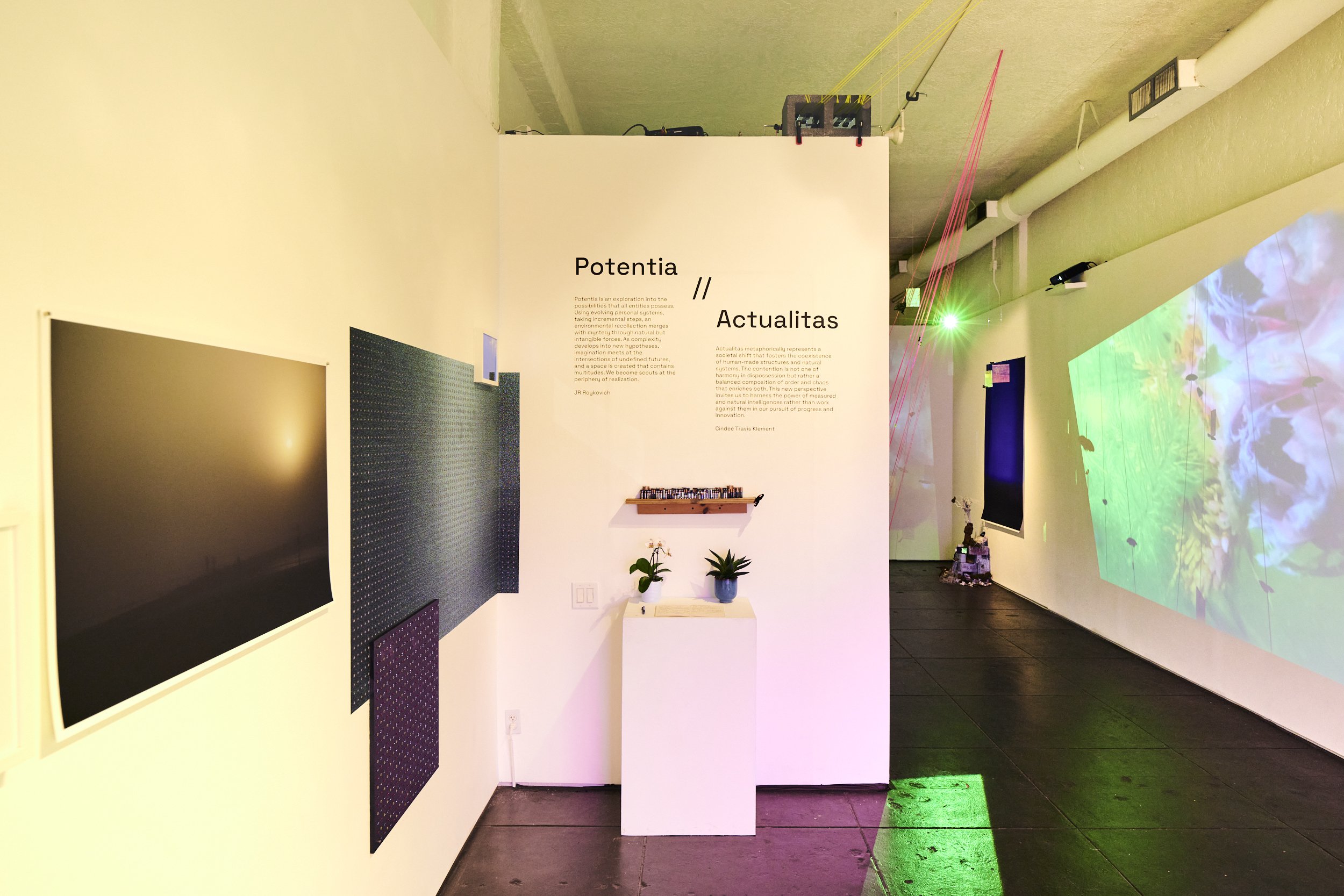
POTENTIA
Potentia is an exploration into the possibilities that all entities possess. Using evolving personal systems, taking incremental steps, an environmental recollection merges with mystery through natural but intangible forces. As complexity develops into new hypotheses, imagination meets at the intersections of undefined futures, and a space is created that contains multitudes. We become scouts at the periphery of realization. –JR Roykovich


ACTUALITAS
Actualitas metaphorically represents a societal shift that fosters the coexistence of human-made structures and natural systems. The contention is not one of harmony in dispossession but rather a balanced composition where both are enriched. This new perspective invites us to harness the power of measured and natural intelligences rather than work against it in our pursuit of progress and innovation. – Cindee Klement







I am slowly working to find solutions to the problems that will arise when the students implement the installation.
First, how to get students that are not comfortable with nature to want tobe involved. What will draw them in?
Second, a big problem is how to control a group of college kids in a field and have them complete a detailed installation.
Bloomington is a walking city. Every day as I would walk about town and the campus I worried about how I was going to solve these two problem. And like on most college campuses everyone is in their own audio visual world contained between the ear pieces of a headset. And I was the same. The difference was I still wanted to connect to those passing by me with a “good morning” or hi. I found the IU students were very focused on the sounds in their headsets they did not need to make eye contact or say hello.
In a discussion with an English professor, Shannon Gayk, who also teaches a walking class, I learned that a novel idea for students is silent walking. The idea of walking without a headset without sound — silent.
Thinking of headsets and silent - my mind went straight to silent raves then to a silent installation.
Would the concept of a silent installation draw the students in. Could this commitment to headsets be a possible tool for crowd control during the installation?
I love the idea. But that leads to another hurdle. How do I design a silent installation? What technology makes this possible?
With a quick Google search, I found several companies that provide everything you need for a silent event.


I am delighted to be included in the spring 2024 exhibition at CityCentre, “Reseeding”, which prompts deep reflection on humanity’s influence on the natural world. The exhibited artwork urges us to envision a utopian future where our impact is positive and mindful choices lead to a harmonious coexistence with nature, inspiring a collective commitment to a sustainable future. The exhibition was thoughtfully curated by Olivia Kimbrell of Weingarten Art Group.
On exhibit until September 2024, the lobbies at CityCentre are open to the public M-F, 8 AM – 6 PM
CityCentre 2 Front – Christian Eckart
CityCentre 2 Back – Cindee Travis Klement
City Centre 3 – Dornith Doherty
CityCentre 4 – Bruna Massadas
CityCentre 5 – Rachel Livedalen
Photography by Nicki Evans




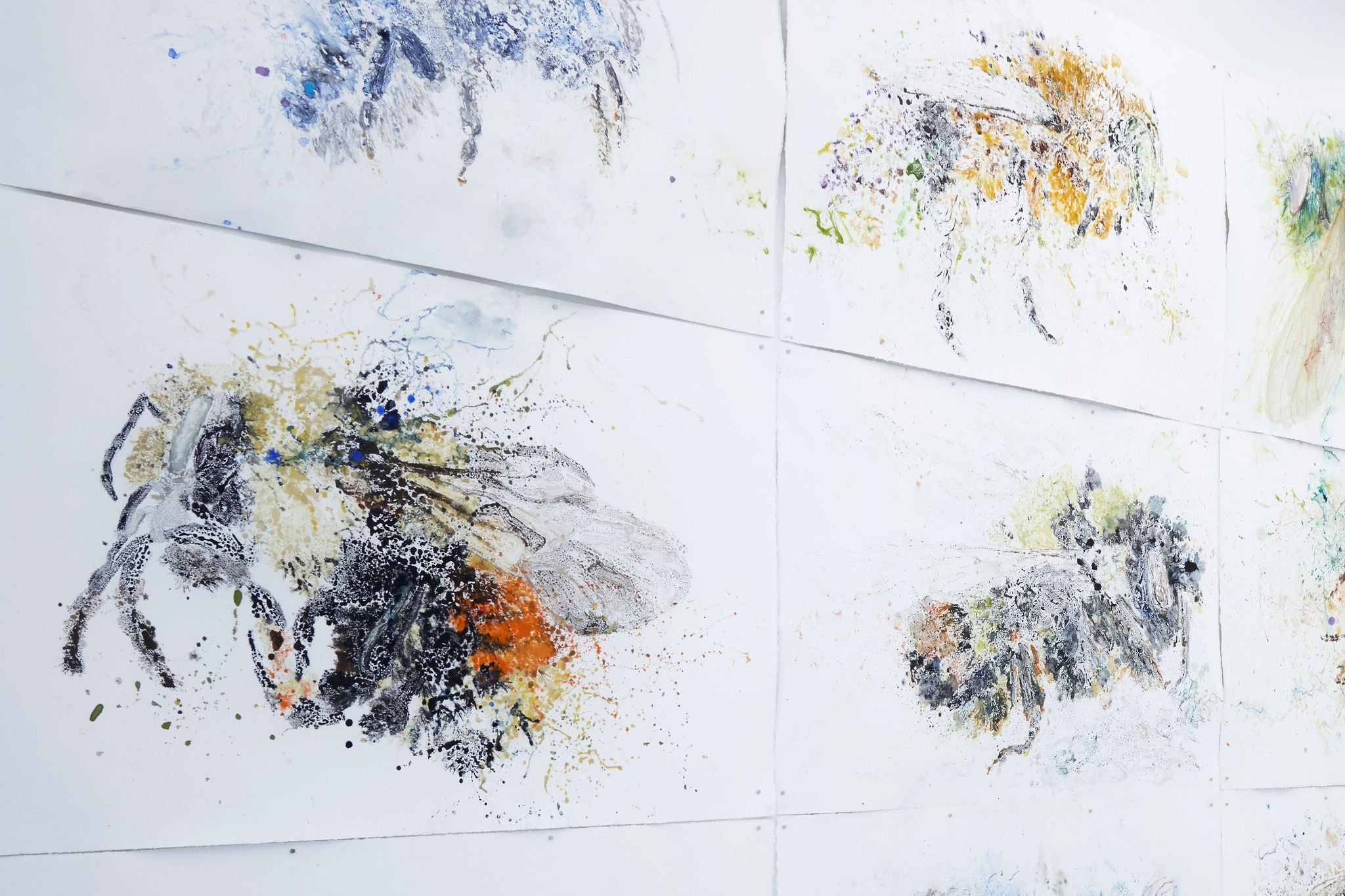

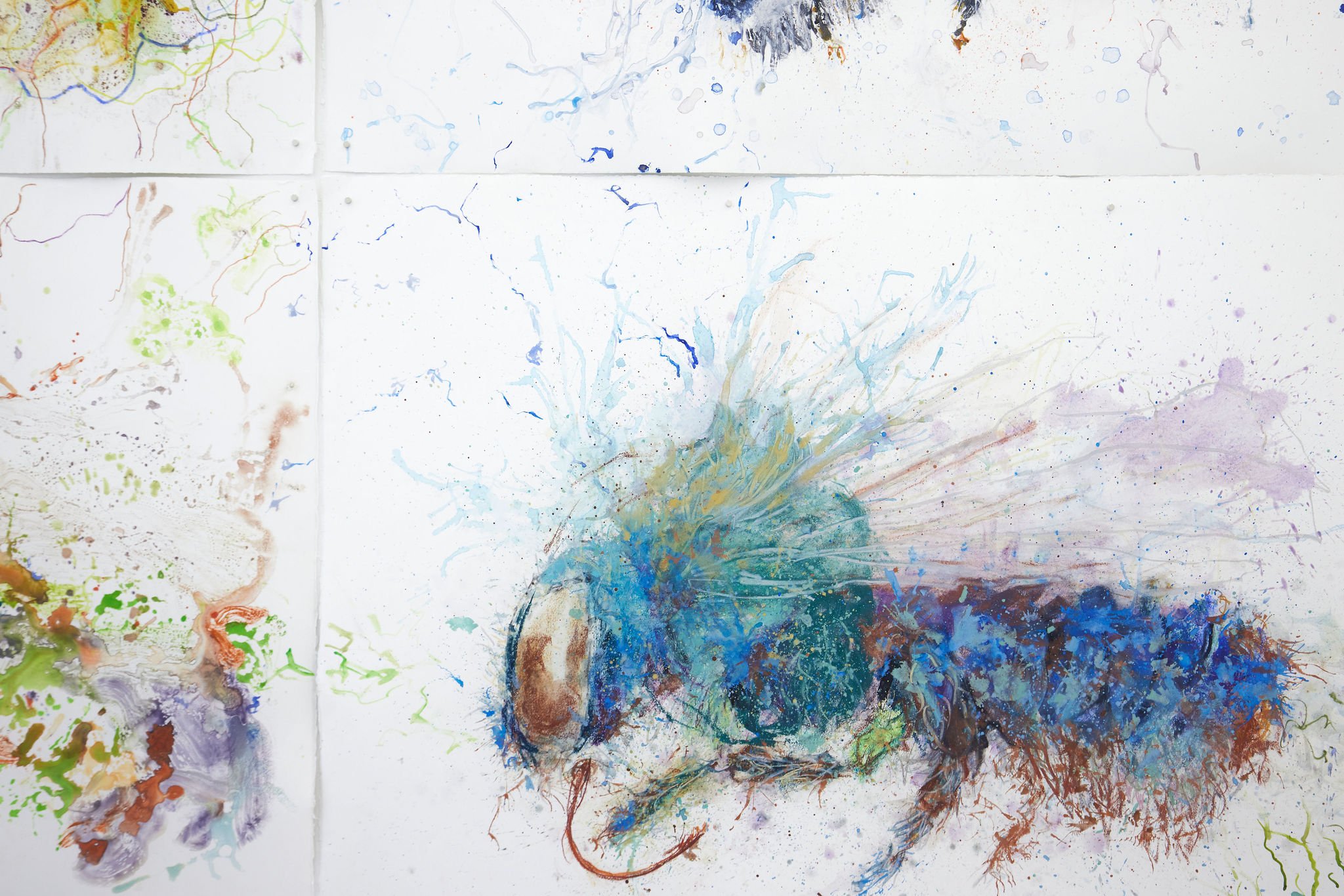


Integrating systems theory into my art practice has influenced my work in many ways. It is one of my core beliefs that in order to save the planet it is imperative that every organization, be it large profit-driven or small non-profit, commits to embedding an environmental ethos into their core values. The place to start is with an organizations mission statement.
In a serendipitous encounter with an acquaintance from a prestigious art institution this weekend, I learned of their significant reorganization. I suggested that every institution embed an environmental ethos into their mission statement and then I thought - even Throughline. Throughline is a newly organized Collective that I am a member of.
Today I discussed these thoughts with fellow Throughliner Caro Otero a gifted artist and caring human being. Caro and I are part of the Throughline facilities committee. We discussed that there are steps we can take to improve our day to day operations and become better stewards of the planet.
Envisioning a profound commitment, we proposed to the administration committee to incorporate this spirit into Throughline's mission statement:
It could read something like this-
We vow to serve as Earth's custodians, honoring its natural rhythms. Embracing accountability for our environmental footprint, we strive to operate conscientiously, leaving a positive mark through purposeful actions. We are advocates of planetary regeneration.
Or something that says Throughline cherishes nature and restores the environment through conscious daily actions.
In our role in the facilities committee, Caro and I will examine Throughline's everyday activities as an organization and consider ways to operate more responsibly and advocate for the planet. We will re-evaluate these procedures annually.
Please pass this idea on to your organizations and incorporate planetary responsibility into your bylaws.
Besides making greener choices in the products we buy, such as disposable cups and beverages, our treatment of urban landscape and protection of Earth’s living soil is a powerful way reduce our carbon footprint and support biodiversity.
There is tremendous power in the collective action of small acts.
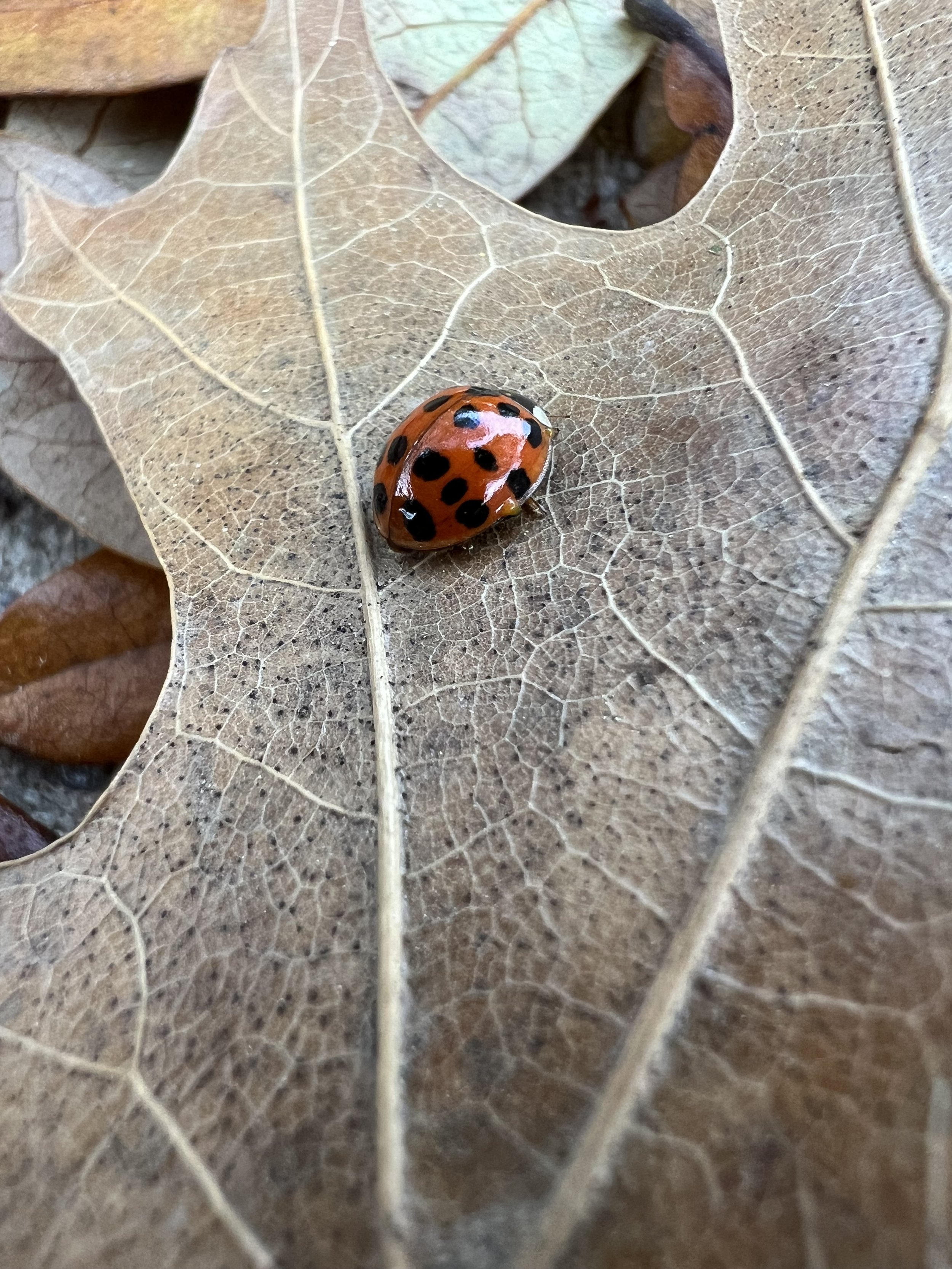

I enjoy the powerful, beautiful Fleabane. This resilient plant not only naturally repels fleas with its sweet scent but also boasts antioxidant and neuroprotective properties due to its caffeic acid content. Throughout history, this plant, like other asters, has been cherished for its medicinal benefits - from astringent to diuretic qualities by Native American tribes.
Despite its valuable attributes, Fleabane is often overlooked in the US, labeled as a weed in urban areas, and treated with herbicides. Conversely, in European gardens, it stands out as an exotic wonder waiting to be admired.
On either side of the pond, nurturing this delicate gift benefits humans, wildlife, pollinators, and family pets.
How do you not love this delicate gift? What is your opinion, let it grow or use a herbicide?
